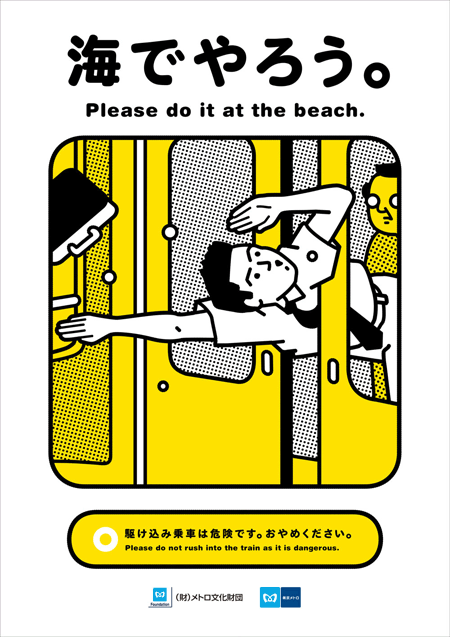In fact, any behavior that might disturb or inconvenience others is frowned on. On rainy days, I have noticed that most Japanese people carry full-size clear plastic umbrellas. But when they bring their umbrella onto the subway, they tie them up carefully so that no one else gets wet.
In addition, it is forbidden to use cell phones in the trains. Announcements remind you of this rule over and over again. On one occasion I was surprised to see a junior high school student removed from the train for talking on his smartphone. In my hometown, Seoul, people are on the phone all the time in the subway, and they would be very indignant if anyone tried to stop them.
It’s the same way with music. In the New York subway, you always hear music blasting from the earplugs of the person sitting next to you. Here in Japan, if your music can be heard by others, someone will invariably ask you to turn the volume down.
In social gatherings, etiquette is even more carefully observed. When I received a Christmas dinner invitation from a friend, my Japanese teacher told me that it would be nice to bring anomiyage (small gift) to show my appreciation. Before entering into the house, I took my shoes off and said o-jama shimasu (sorry for disturbing) while entering my friend’s house. As we began eating, we said ittadakimasu (thank you for the delicious meal) to our host.
Before coming to Japan, I had naïvely assumed that my Korean manners were “Asian.” I was surprised to learn how different Japanese etiquette is. Although some of its rules may seem a little too elaborate, it is based on scrupulous concern and respect for others. By paying attention to its etiquette, I have gained a greater appreciation for the culture of my host country and enhanced my experience here.


No comments:
Post a Comment